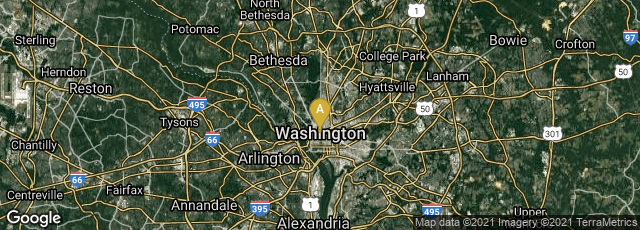
A: Washington, District of Columbia, United States
In October 1884 the International Meridian Conference held in Washington, DC created the Universal Time Standard (UT) based on the Earth's rotation relative to distant celestial objects (stars and quasars), but with a scaling factor and other adjustments to make them closer to solar time. UTC is based on International Atomic Time, with leap seconds added to keep it within 0.9 second of UT1.[a] This is the basis for the 24-hour time zone system we know today. The same conference chose Greenwich Mean Time (GMT) as the world’s time standard. The reference line or starting point, the Prime Meridian, was determined to be the transit circle at the Royal Observatory in Greenwich, London. The transit circle is a part of the telescope's mechanics and it is still cited as the prime meridian's original reference (0° longitude).
In 1960, the International Radio Consultative Committee ( CCIR—Comité consultatif international pour la radio, Consultative Committee on International Radio or International Radio Consultative Committee) formalized the concept of UTC, and it was put into practice the year after. The name Coordinated Universal Time was officially adopted in 1967.